This week saw the release of Secret Files: Tunguska, a new adventure game from Deep Silver, on both the Wii and Nintendo DS. The game originally surfaced on the PC a few years back, but this is its foray into the console and handheld scene, and we were sent copies of both versions to check out the conspiracy-laden investigations.
The Wii version of the game is similar to the DS version in almost every respect. There are a few notable differences in interface and features that I’ll mention at the end of this review. For the most part, however, the rest of the review can be read as covering both versions of the game. The story and basic gameplay are identical, so if you’ve played one version, you’ve played both.
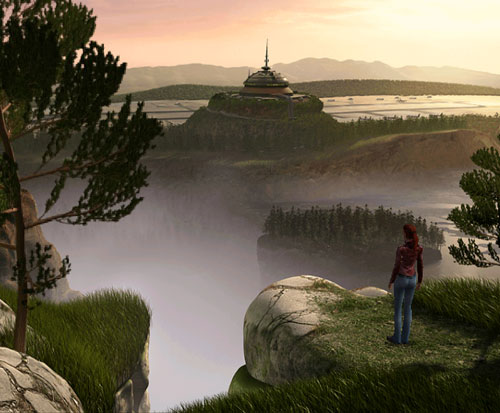
I grew up on a steady and healthy diet of adventure games, from the early Infocom text adventures to Sierra’s text interface graphic adventures up through LucasArts’s point and click craziness. It had been a long time since I’d gone down the classic adventure road, but Secret Files: Tunguska brought me back down that road as soon as I started up the game.
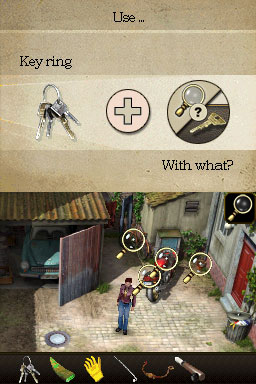
The game places you first into the shoes of Nina Kalenkov, a mechanic whose father is a scientist at a museum. Nina goes to visit her father at his lab but finds the place in shambles. Her father is missing, and she soon teams up with Max, another professor at the museum, to investigate the strange circumstances surrounding the apparent abduction. The police are of no help, and the only witness is a stammering janitor who hides in the base of a T-Rex monument, so you’ll have your work cut out for you.
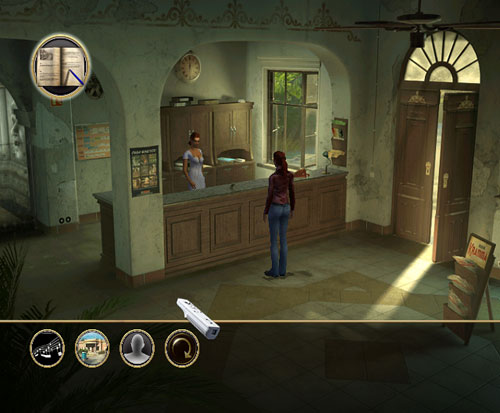
All the classic tropes of adventure gaming are here, from eccentric characters that require you to do some specific task for them before you can advance the plot to crazy inventory combinations as part of the game’s puzzle solving format. The interface is point-and-click and will be immediately accessible to anybody who has touched a Monkey Island or Sam & Max game. You’ll take your intrepid investigators from location to location by clicking on objects in the environment and figuring out how they can interact with stuff you’ve picked up along the way.
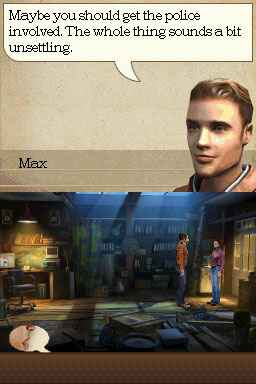
As with most games in the genre, there’s a lot of deduction involved, along with a dash of trial and error. Most of the Tunguska puzzles are logical and make sense once you realize the right way to attack them. Occasionally, however, I came across some real corkers I never would have solved without clicking through every possible combination in my inventory, in a process of elimination. That might sound frustrating, but it actually had a nostalgic feel to it, reminding me of the week it took me to figure out I had to use the broken glass from the crashed space ship to blow up the laser barrier near the beginning of the first Space Quest (retro puzzle spoiler alert!).
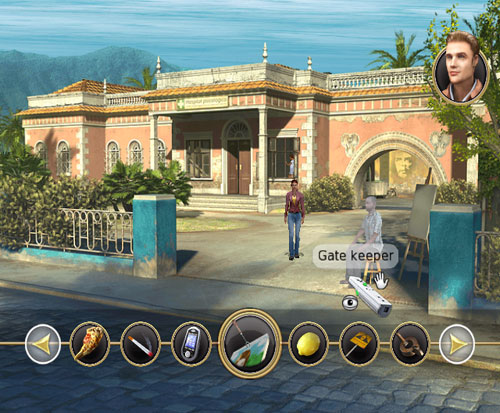
The throwback gameplay is a lot of fun, and Tunguska adds some elements that actually remove some of the tedium inherent in point-and-clicks. You will never find yourself doing a row-by-row pixel hunt in this game, because you can activate a magnifying glass tool that will highlight all the clickable objects in your current environment. This does take the difficulty down quite a bit, but I really liked having this feature. The game’s story is engaging and intriguing, especially for an old school X-Files conspiracy fan like me, and I would have hated for its progress to have gotten bogged down in making me find just the right place to click on the screen. And even though you know where all the clickable objects are, you still have a lot of figuring out to do if you’re going to get the kid’s bicycle fixed so that she’ll let you see the photos of your dad’s abductors on her broken camera, which you also need to repair.
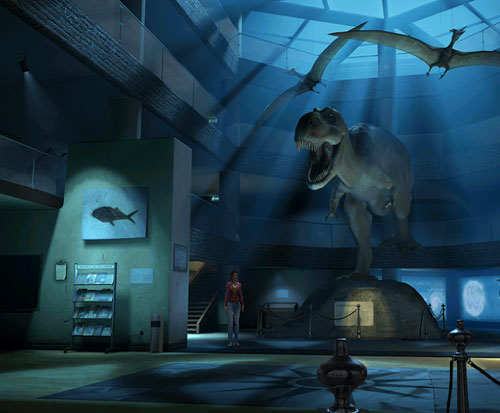
The key differences between the Wii and DS versions of Secret Files: Tunguska come in the game’s interface. This really just amounts to cosmetic differences with how your inventory is displayed and how you do your point-and-clicking (tapping on the DS screen versus pointing and triggering with the Wiimote). The DS also makes use of the upper screen in character interaction portions of the game, splitting your conversations with characters apart from the screen with the rest of the game scene. One other notable difference is that the Wii version is advertised as being for 1 or 2 players. The single player experience is your typical solo adventure game, but things get a little weird with the addition of a second player. Player 2 gets a cursor like player 1’s, but player 2 can’t actually do anything other than point at stuff on the screen. Yes, the Wii version of the game actually implements backseat gaming! I can’t imagine myself wanting to play this game with someone else pointing and telling me what to do, but I can bet it will generate some amusing fights that begin with “Shut up and let me play the game” and end with a Wii-style bludgeoning.
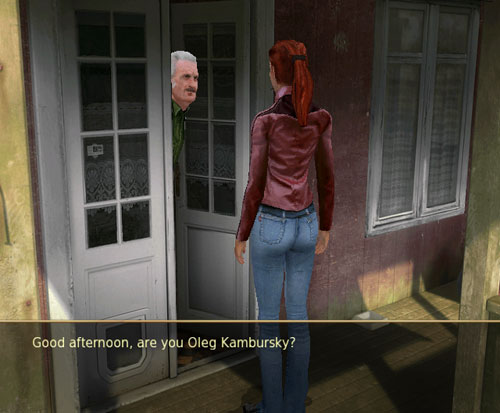
In the point-and-click genre, the interface and gameplay usually are pretty similar from game to game, so adventures have to distinguish themselves with their writing and puzzles. This is where Tunguska excels. It’s a fantastic and engaging mystery that will keep you busy for hours. If you’re a fan of old school adventuring or just want something a little different and more puzzle and story driven than the usual DS and Wii fare, Secret Files: Tunguska is worth checking out, especially at its budget price of $19.99.
Rating: 4 / 5 Stars


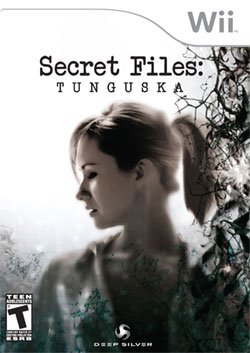
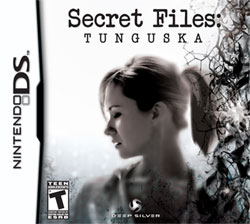
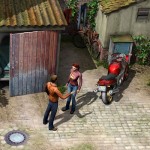
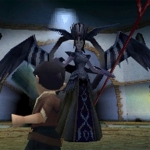
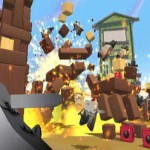

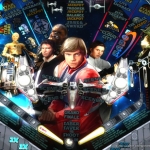
The gf and I are almost finished this game. For the most part, the puzzles are logical and will cause you to use your grey matter. A few of them are just trying every possible combination. I just thought she bought another dumb game but it’s definitely highly recommended.